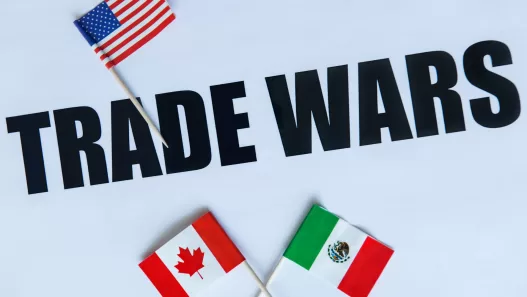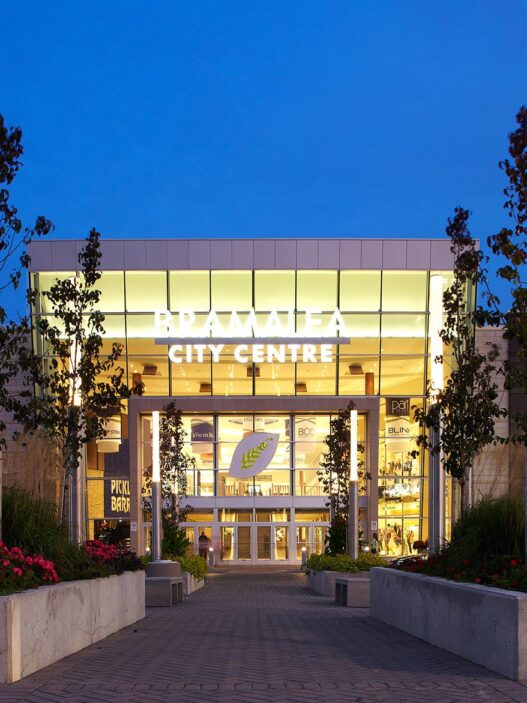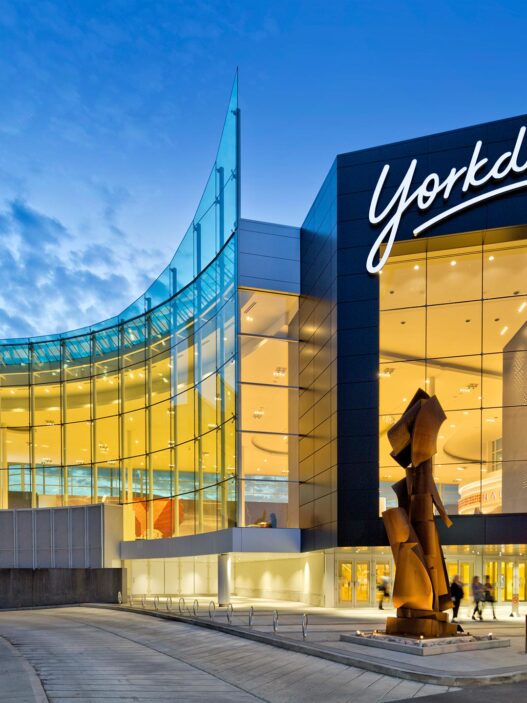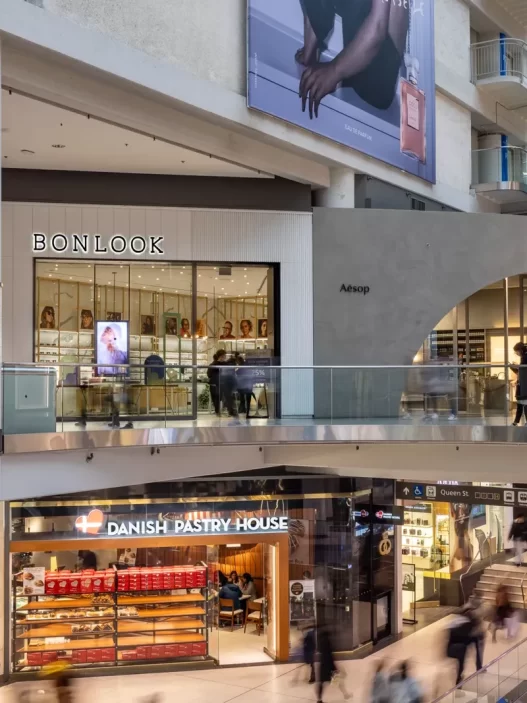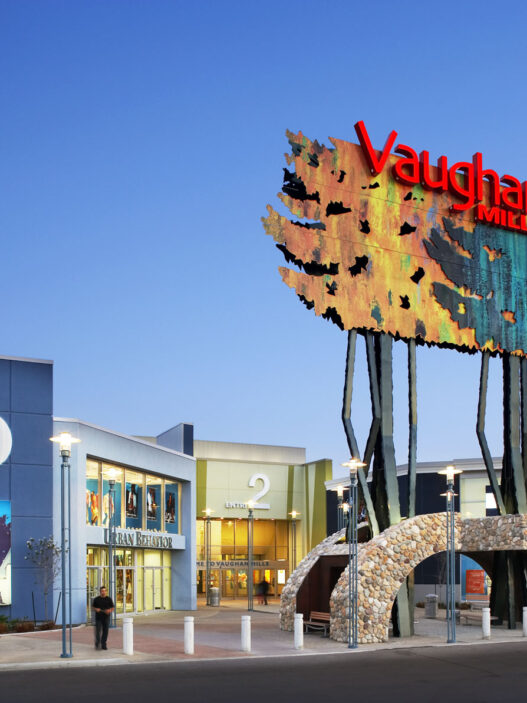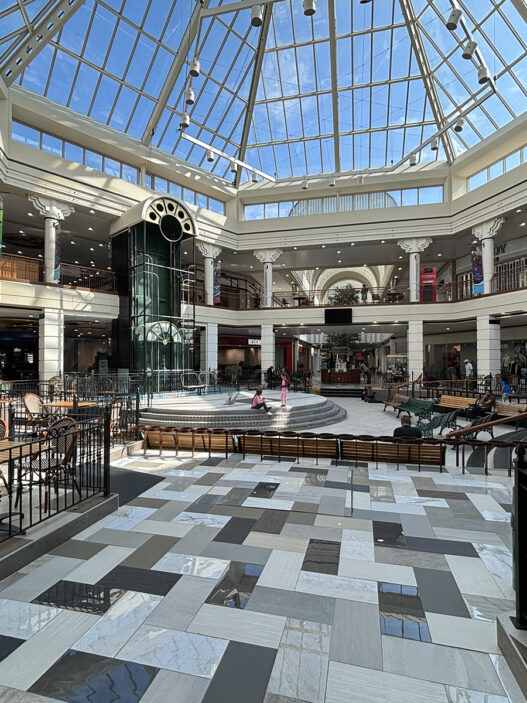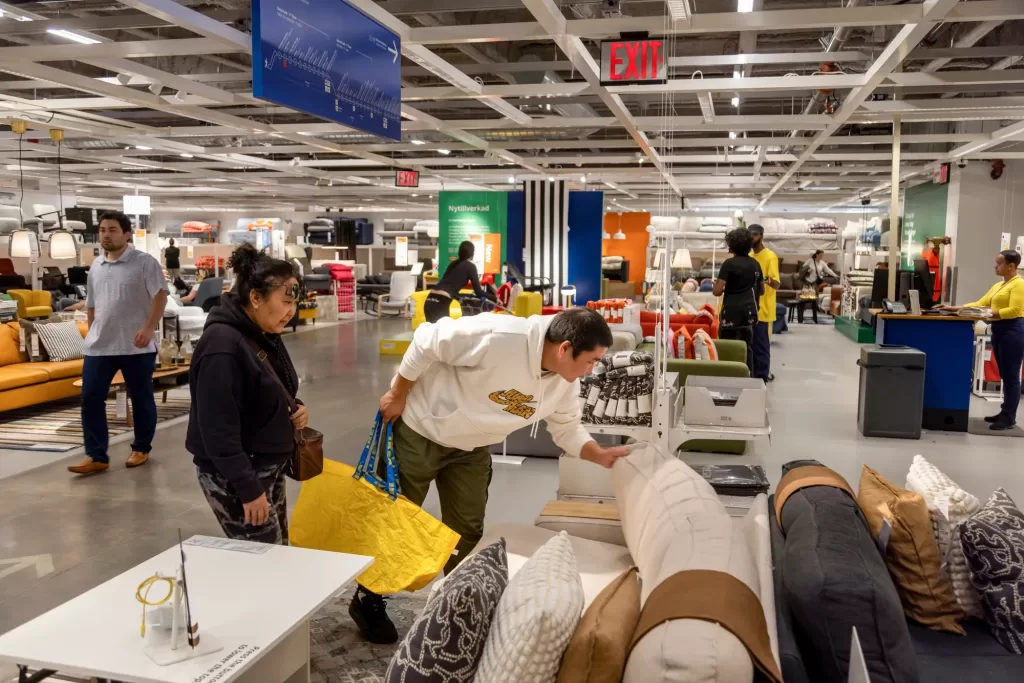
IKEA. The name alone conjures up images of sleek showrooms, affordable furniture, and the all-too-familiar struggle of assembling a bookshelf with a hex key and sheer determination. For decades, IKEA has been the go-to for budget-conscious shoppers who want their homes to look stylish without maxing out their credit cards. But as new competitors step into the arena and DIY culture evolves, the question remains: Is IKEA still worth the hype? Or are we just paying for the nostalgia of meatballs and maze-like store layouts? Let’s dig in.
Why IKEA Still Holds the Crown 👑
1. Affordability That Hits Different 🏷️
If you’re hunting for budget-friendly furniture that doesn’t scream “broke college student,” IKEA still delivers (literally and figuratively). Their business model is all about cutting costs without cutting style, thanks to mass production, flat-pack shipping, and their notorious DIY assembly. You might have to do some of the work yourself, but hey, that’s what keeps prices low.
Example:
- The iconic Kallax shelving unit, starting at just $39.99, is a game-changer for anyone needing storage with style. Perfect for books, plants, or that random assortment of junk we all pretend is “organized.”
2. Minimalist Vibes, Maximum Options 🎨
Whether you’re going for a Scandinavian aesthetic or something a bit more eclectic, IKEA’s variety of styles has something for everyone. From minimalist to boho-chic, their catalog has enough range to turn your living space into something Pinterest-worthy without breaking the bank.
Example:
- The Poäng armchair, an IKEA staple since the ’70s, still holds up as an affordable, comfortable, and stylish addition to any home—for just $99.
3. User-Friendly Shopping Experience 🏢
IKEA is like Disneyland for home decor enthusiasts. From their showroom layout (which traps you into seeing everything) to their massive warehouse pickups, the experience is carefully curated to make you want to buy. Plus, their online shopping platform has improved over the years, making it easier than ever to order straight to your door.
4. Sustainability Efforts 🌱
In recent years, IKEA has made strides in sustainable production, using renewable materials, offering buy-back programs, and making eco-friendly furniture more accessible. If you’re trying to decorate your home with a smaller carbon footprint, IKEA’s sustainability efforts make it an appealing choice.
Example:
- The Rens sheepskin rug, made from sustainable wool, adds a cozy touch without an environmental guilt trip—for just $29.99.
The Downside of IKEA: Let’s Be Real… 😬
1. Build-It-Yourself Frustration 🔧
Listen, not everyone has the patience to decipher IKEA’s instruction booklets that feel like they were designed by ancient cryptographers. While DIY assembly saves money, it can also cost you a few hours (and your sanity). And if you mess up? Enjoy your wobbly bookshelf.
Customer Gripe:
- “I put together my Malm dresser wrong and now I have a drawer that won’t open. IKEA, why do you do me like this?” – Probably everyone, ever.
2. Durability Can Be Hit or Miss 💥
IKEA’s affordability comes at a cost—materials aren’t always built to last. Sure, some pieces hold up surprisingly well (looking at you, Billy bookcase), but others? They might not survive more than a couple of moves before falling apart.
Example:
- The Lack coffee table is a wallet-friendly option, but let’s be honest—its particleboard design isn’t exactly built to withstand years of heavy use. Prepare for chipped corners and sagging over time.
3. Hidden Costs Add Up Fast 💸
What starts as a “budget-friendly” shopping trip can quickly spiral out of control once you factor in accessories, delivery fees, and assembly services. That $200 budget? Gone—especially after you impulsively throw in those cute tea lights and faux plants.
4. Everyone Has It 😑
IKEA is like the “basic” of furniture. Walk into your friend’s place and spot the same Malm bed frame or Bjursta dining table, and suddenly your home doesn’t feel all that unique. If standing out is your goal, you’ll have to get creative with customizations.
The Competition: IKEA vs. The New Kids on the Block 🚪👀
IKEA might still dominate the budget-friendly home furnishing space, but the game has changed. New brands and online options are giving it a run for its money.
Contenders:
- Wayfair: More variety, frequent sales, but often higher prices.
- Amazon Basics: Super convenient and fast delivery, but quality is hit or miss.
- Target: Stylish, affordable, and great for small furniture items.
- Facebook Marketplace: Pre-loved gems, often at lower prices (if you don’t mind second-hand).
How They Stack Up:
| Brand | Affordability | Quality | Variety | Convenience |
|---|---|---|---|---|
| IKEA | ✅ Affordable | ⚠️ Medium | ✅ Great | ✅ Moderate |
| Wayfair | ⚠️ Mid-range | ✅ Good | ✅ Great | ✅ High |
| Amazon Basics | ✅ Low | ⚠️ Hit/Miss | ⚠️ Limited | ✅ Very High |
| Target | ✅ Affordable | ✅ Good | ⚠️ Decent | ✅ High |
Is IKEA Still the Budget King? Final Verdict 🏁
YES, but with a few caveats.
IKEA remains a solid choice for budget-conscious buyers, first-time apartment renters, and anyone who enjoys a good DIY challenge. The affordability, style, and accessibility keep it in the game. However, if you value durability, uniqueness, and a frustration-free setup, you might want to explore other options—or at least pick and choose what’s worth getting from IKEA.
Who Should Shop at IKEA:
✔ College students furnishing their dorms
✔ First-time renters/homeowners on a budget
✔ Fans of minimalist, Scandinavian design
✔ DIY enthusiasts who enjoy a challenge
Who Might Want to Look Elsewhere:
❌ Those seeking long-lasting, heirloom-quality furniture
❌ People who hate assembling things
❌ Buyers who want unique, one-of-a-kind pieces
Your Turn!
Are you an IKEA loyalist, or have you found better budget-friendly alternatives? Drop your thoughts in the comments and let us know if IKEA still deserves its legendary status in your home. 🏡💙



